Olive Tree
- November 29, 2023
- 0 comment
The Olive Tree, scientifically known as Olea europaea, holds a rich cultural and historical significance as a symbol of peace, wisdom, and endurance. Believed to have originated in the Mediterranean region, this evergreen tree has been cultivated for thousands of years, with its fruits, olives, playing a pivotal role in culinary traditions and as a source of olive oil.
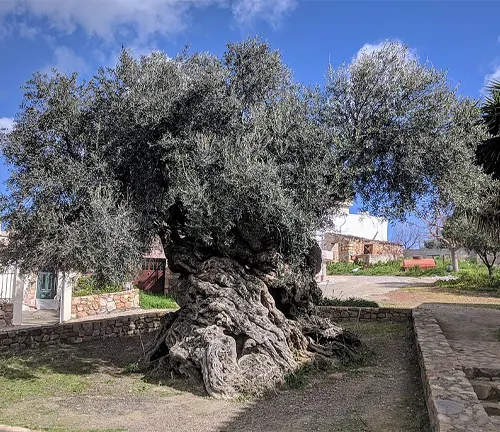

The Olive Tree’s distinctive silver-green leaves and gnarled, twisting branches contribute to its iconic appearance, often gracing landscapes and orchards. Not only cherished for its aesthetic appeal, but the tree also embodies resilience, thriving in arid conditions and adapting to diverse climates.
Beyond its horticultural importance, the Olive Tree has been integral to various religious and cultural narratives, featuring prominently in ancient texts and artworks. Its enduring symbolism and versatile contributions make the Olive Tree a revered and enduring presence in the tapestry of human history and culture.
| Attribute | Description |
|---|---|
| Scientific Name | Olea europaea |
| Family | Oleaceae |
| Origin | Mediterranean region, though cultivated worldwide |
| Type | Evergreen tree |
| Height | Typically 20-30 feet, but can vary |
| Leaves | Silver-green, lance-shaped, opposite arrangement |
| Branches | Gnarled and twisting, characteristic appearance |
| Fruits | Olives, small drupe fruits |
| Culinary Use | Olives for consumption; Olive oil extraction |
| Cultural Symbolism | Peace, wisdom, endurance |
| Adaptability | Thrives in arid conditions, adaptable to diverse climates |
| Significance | Integral to religious and cultural narratives |
| Longevity | Can live for centuries, showcasing resilience |
Botanical Beauty of “Olive Tree”
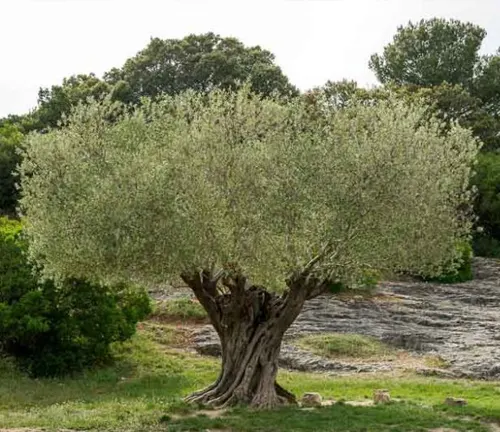
The Olive Tree, scientifically known as Olea europaea, stands as a testament to botanical beauty with its distinct silver-green leaves and gnarled, twisting branches. This evergreen tree, native to the Mediterranean region, captivates observers with its elegant appearance. The lance-shaped leaves contribute to the tree’s unique aesthetic, creating a picturesque silhouette against the backdrop of various landscapes. As a symbol of endurance and peace, the Olive Tree’s botanical allure goes beyond its physical characteristics, weaving into cultural narratives and historical significance.
Woodland Elegance
In the realm of trees, the Olive Tree exudes woodland elegance like few others. With a typical height ranging from 20 to 30 feet, though variable, its branches form a natural tapestry of intertwined elegance. The gnarled and twisting wood imparts a sense of ageless beauty, inviting contemplation of the centuries it may have witnessed. Whether standing alone or in orchards, the Olive Tree commands attention, its presence a harmonious blend of strength and grace.
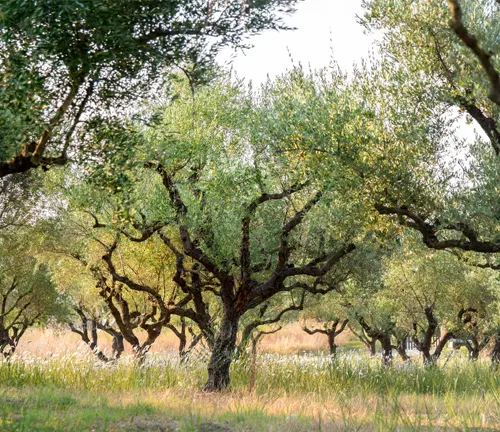
Ecological Importance
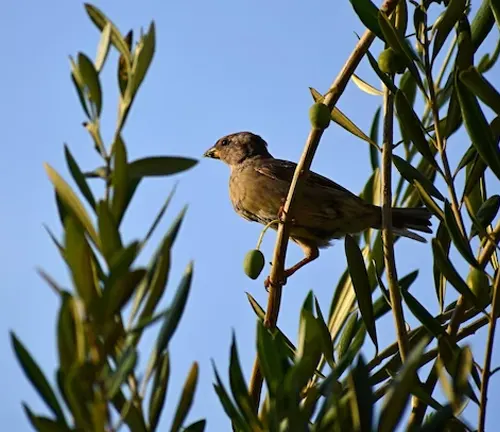
Beyond its visual appeal, the Olive Tree plays a crucial role in maintaining ecological balance. Indigenous to arid regions, it has developed a remarkable ability to thrive in challenging conditions. Its deep-rooted system helps prevent soil erosion and contributes to the overall health of ecosystems. Additionally, the tree provides habitats for various species, fostering biodiversity and supporting the delicate balance of nature.
Cultivation and Conservation
Cultivation of the Olive Tree spans millennia, with its domestication dating back to ancient civilizations. Today, its cultivation extends globally, contributing significantly to the agricultural landscape. However, as demand for olives and olive oil increases, conservation efforts are paramount. Sustainable farming practices and conservation initiatives are crucial to ensuring the Olive Tree’s longevity and preserving its ecological contributions.

Fragrance
One cannot overlook the delightful fragrance that emanates from the Olive Tree. The leaves and blossoms release a subtle, earthy aroma that adds to the sensory experience of being in the presence of these magnificent trees. The fragrance, a signature element of the Olive Tree, enhances the overall charm and allure of its surroundings.
Soil Stabilization
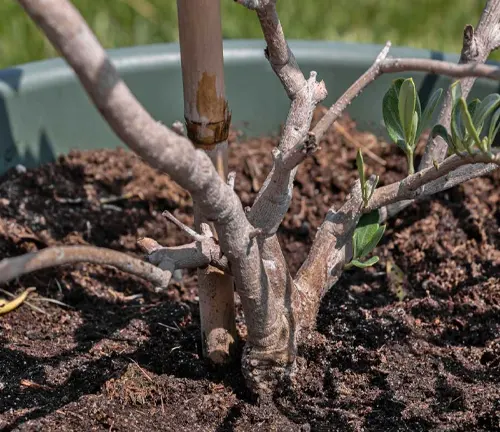
The extensive root system of the Olive Tree not only anchors it firmly in the ground but also plays a vital role in soil stabilization. This makes it an effective tool against soil erosion, especially in regions with challenging environmental conditions. The tree’s contribution to maintaining soil health underscores its ecological importance and suitability for diverse landscapes.
Common Uses
The Olive Tree’s significance extends beyond its ornamental and ecological roles; it is a source of versatile and essential products. Olives, the small drupe fruits, are a culinary delight, enjoyed in various forms around the world. Additionally, the extraction of olive oil from these fruits has been a traditional practice with widespread applications in cooking and cosmetics.
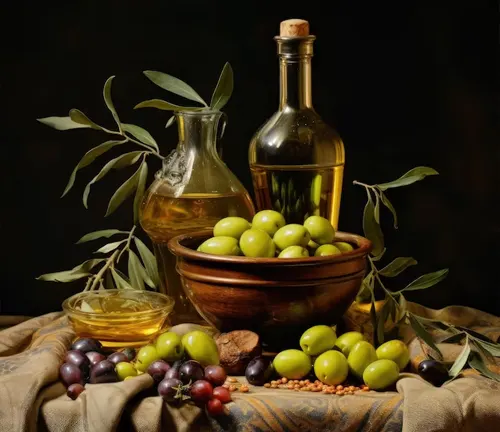
Benefits
Embracing the Olive Tree brings a multitude of benefits. From the nutritional value of olives and olive oil to the environmental advantages of soil stabilization, this tree offers a bounty of gifts. Its symbolic resonance with peace and wisdom adds a profound layer of significance to its cultivation, making the Olive Tree a treasure that encompasses both tangible and intangible rewards.
Different Species
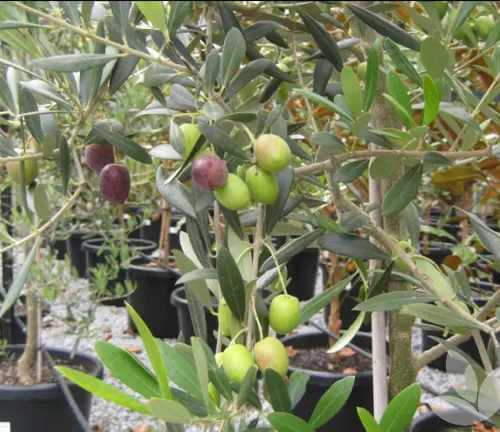
Manzanillo
(Olea europaea ‘Manzanillo’)
Originating from Spain, the Manzanillo cultivar is renowned for its large and meaty green olives. These olives are commonly used for table consumption and olive oil production.
Arbequina
(Olea europaea ‘Arbequina’)
Hailing from Catalonia, Spain, the Arbequina cultivar is known for its small and flavorful olives. This variety has gained popularity in recent years, particularly in olive oil production, due to its unique taste profile.
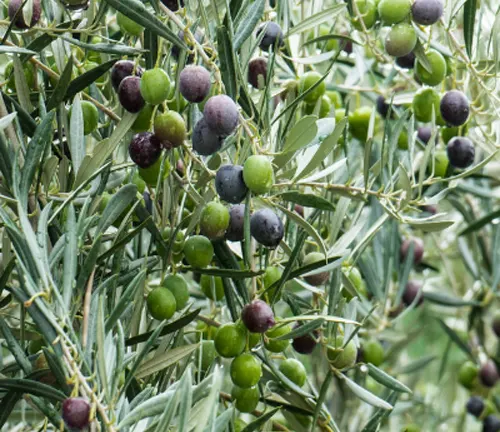
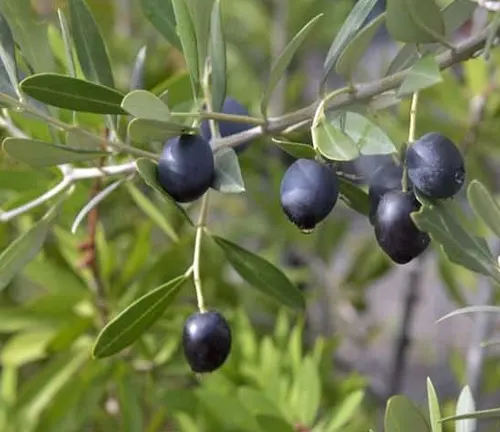
Kalamata
(Olea europaea ‘Kalamata’)
Named after the city of Kalamata in Greece, this cultivar produces distinctive dark purple to black olives. Kalamata olives are often used in Greek cuisine and are prized for their rich, fruity flavor.
Picholine
(Olea europaea ‘Picholine’)
Originating in France, the Picholine cultivar is recognized for its elongated green olives. These olives are commonly used for table consumption and are characterized by a crisp texture and slightly nutty flavor.
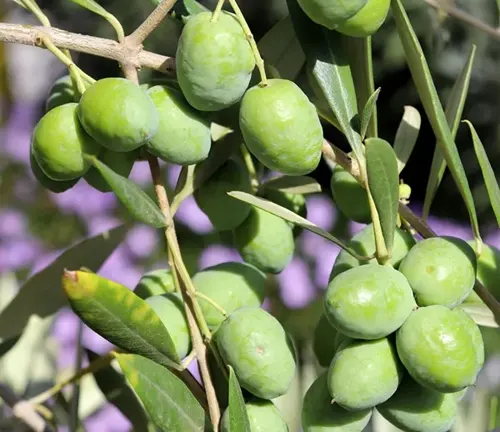
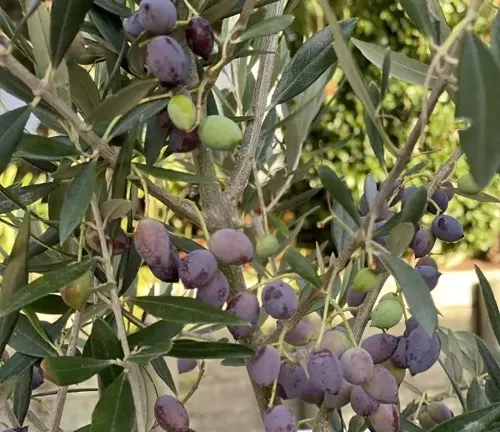
Frantoio
(Olea europaea ‘Frantoio’)
A widely cultivated Italian cultivar, Frantoio is a key component in many traditional Tuscan olive oil blends. The olives are medium to large in size and produce a high-quality oil with a robust and fruity flavor.
Leccino
(Olea europaea ‘Leccino’)
Another Italian cultivar, Leccino, is often used in olive oil production. The olives are medium-sized and ripen to a purplish-black color. The resulting oil is known for its mild and fruity characteristics.
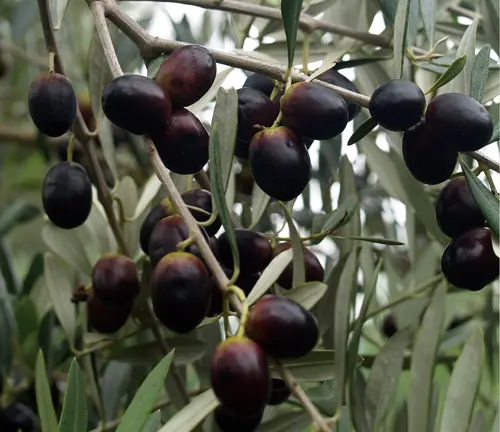
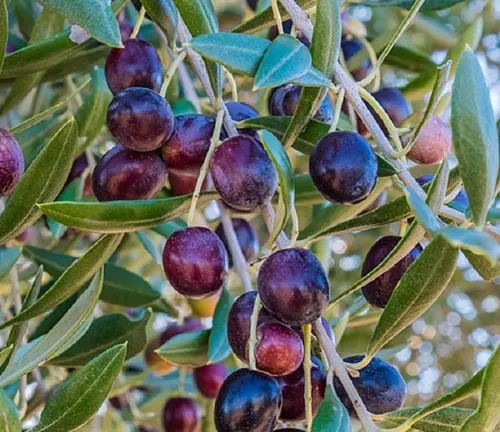
Hojiblanca
(Olea europaea ‘Hojiblanca’)
Originating in Spain, the Hojiblanca cultivar is recognized for its large, elliptical-shaped olives. This variety is versatile, used both for table olives and olive oil, and is known for its fruity and slightly bitter taste.
Mission
(Olea europaea ‘Mission’)
A cultivar that originated in California, USA, the Mission olive is widely planted for both table olives and oil production. The olives are small and black when fully ripe, and they have a rich, fruity flavor.
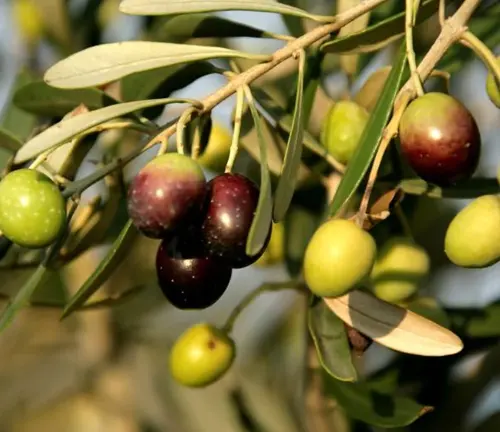
Frequently Asked Questions (FAQs)
1. What is an Olive Tree?
The Olive Tree, scientifically known as Olea europaea, is an evergreen tree native to the Mediterranean region. It is renowned for its cultural, culinary, and ecological significance, with olives being a key product.
2. How tall do Olive Trees typically grow?
Olive Trees generally reach a height of 20 to 30 feet, although this can vary depending on factors such as cultivation, climate, and age.
3. What are the different species or varieties of Olive Trees?
There are various cultivars and varieties of Olive Trees, including Manzanillo, Arbequina, Kalamata, Picholine, Frantoio, Leccino, Hojiblanca, and Mission, each with unique characteristics and uses.
4. How long does it take for an Olive Tree to produce fruit?
Olive Trees typically start producing fruit after several years, with the exact time varying based on factors like tree age, cultivation practices, and environmental conditions.
5. What are the common uses of Olive Trees?
Olive Trees are cultivated for their olives, which have various uses. Olives are consumed as table olives, and olive oil is extracted for culinary and cosmetic purposes.
6. Are Olive Trees easy to grow?
Olive Trees are known for their resilience and adaptability. While they can thrive in arid conditions, they do require well-draining soil and proper care to ensure optimal growth.
7. How do you care for an Olive Tree?
Olive Trees require full sunlight, well-draining soil, and minimal water once established. Pruning is essential for shaping and promoting air circulation. Protecting them from frost in colder climates is also crucial.
8. Can Olive Trees be grown in containers?
Yes, Olive Trees can be grown in containers, making them suitable for smaller gardens or for individuals in regions with colder climates where the trees need to be brought indoors during winter.
9. What pests or diseases affect Olive Trees?
Olive Trees are generally hardy, but they can be susceptible to pests like olive fruit fly and diseases such as Verticillium wilt. Regular monitoring and appropriate treatments can help manage these issues.
10. What is the lifespan of an Olive Tree?
Olive Trees are known for their longevity and can live for several centuries if well cared for. Some ancient olive trees are believed to be over a thousand years old.


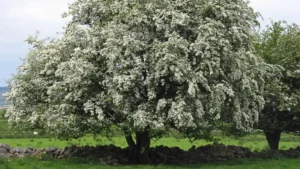
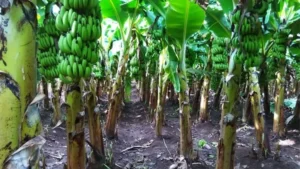
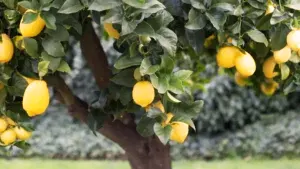
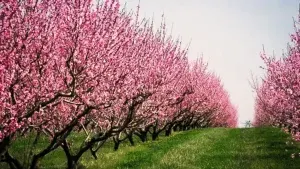
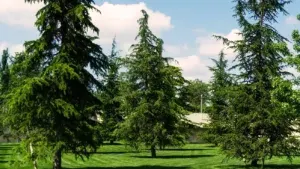
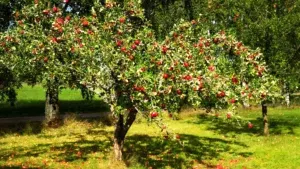

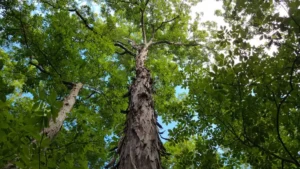
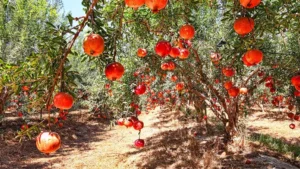



Leave your comment